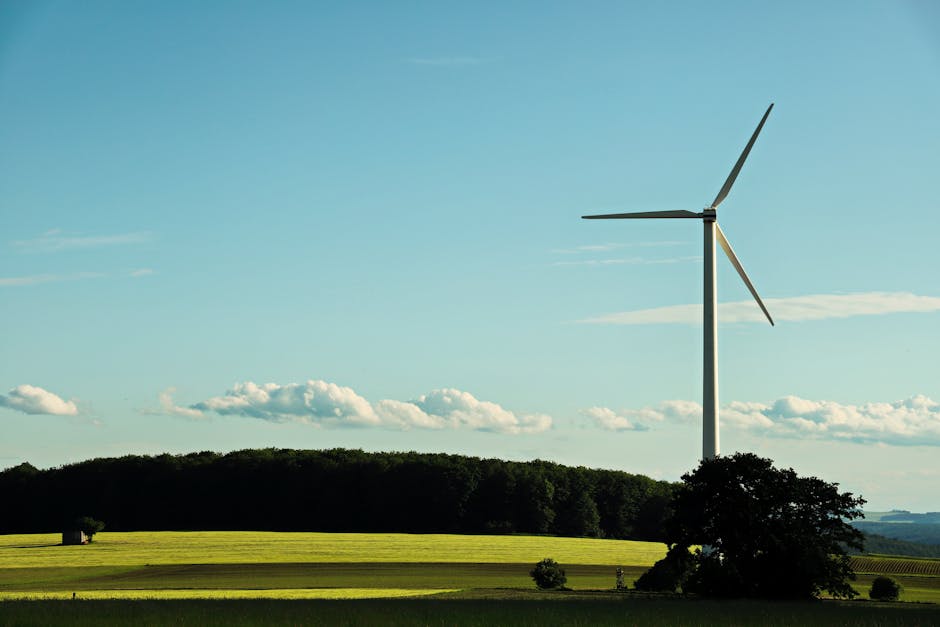Energy-Efficient Home Appliances That Save You Money

Choosing energy-efficient home appliances can significantly reduce utility bills while benefiting the environment. With advancements in technology, various household devices now consume less power without compromising performance. This shift towards energy efficiency can be seen across different types of appliances, from refrigerators to washing machines, making it easier for consumers to make smart choices.
Refrigerators and Freezers
Refrigerators are among the most energy-intensive appliances in a home due to their continuous operation. Modern energy-efficient models incorporate advanced insulation and compressor technologies that minimize energy consumption. Look for units with the Energy Star label, which signifies adherence to stringent energy use standards.
In addition to selecting an Energy Star-certified refrigerator, consider the size and configuration that best suits your needs. Side-by-side models typically consume more power compared to top or bottom freezer designs. Also, avoid placing your refrigerator near heat sources such as ovens or direct sunlight to enhance its efficiency.
A study by the U.S. Department of Energy indicates that upgrading to an Energy Star-certified refrigerator can save households up to $300 over its lifetime (energy.gov).
Washing Machines and Dryers
Washing machines have evolved significantly, with modern models offering both energy and water savings. Front-loading washers are generally more efficient than top-loading counterparts, using less water and electricity per load. Features like automatic load sensing and high-speed spin cycles further enhance efficiency by reducing drying time.
Energy-efficient dryers often incorporate moisture sensors that prevent over-drying, thereby saving electricity. Heat pump dryers are particularly effective as they recycle heat during the drying process, consuming up to 50% less energy than conventional models.
To maximize savings, combine these appliances with cold water detergents that perform well at lower temperatures. This reduces the need for heating water, further cutting down on energy use.
Dishwashers
Modern dishwashers are designed to be more water and energy-efficient than older models. Energy Star-rated dishwashers use advanced technologies such as soil sensors, improved water filtration, and efficient jets that reduce water and electricity consumption.
Newer models also offer features like half-load settings for smaller loads and delay start options to run during off-peak hours when electricity rates are lower. Always ensure that your dishwasher is fully loaded before running it to maximize efficiency.
A report from the Environmental Protection Agency (EPA) highlights that Energy Star-rated dishwashers can save an average household approximately 3,870 gallons of water over their lifespan (epa.gov).
Heating and Cooling Systems
Heating and cooling systems account for a significant portion of household energy usage. Upgrading to a high-efficiency furnace, boiler, or air conditioning unit can lead to substantial savings. Look for systems with high Seasonal Energy Efficiency Ratio (SEER) ratings for air conditioners or Annual Fuel Utilization Efficiency (AFUE) ratings for furnaces.
Smart thermostats are another excellent investment as they allow precise control over home temperatures, learning your schedule and adjusting settings automatically to save energy when you're away or asleep.
Additionally, regular maintenance such as cleaning filters and checking ducts for leaks ensures your heating and cooling systems operate at peak efficiency.
Lighting Solutions
Switching to LED lighting is one of the easiest ways to cut down on energy costs. LEDs use up to 80% less energy than traditional incandescent bulbs and last much longer. Many LED bulbs are compatible with dimmer switches, allowing further savings by reducing light levels when full brightness isn't necessary.
Consider integrating smart lighting systems that enable you to control lights remotely or set schedules for automatic operation. This can prevent lights from being left on unnecessarily.
A study by the International Energy Agency (IEA) found that widespread adoption of LED lighting could reduce global electricity consumption by 10% (iea.org).
| Appliance | Potential Savings |
|---|---|
| Refrigerator | $300 over its lifetime |
| Dishwasher | 3,870 gallons of water over its lifespan |
| LED Lighting | 80% less energy than incandescent bulbs |
| Heat Pump Dryer | 50% less energy than conventional dryers |
| Smart Thermostat | 10-15% on heating/cooling costs annually |
The Financial Benefits of Investing in Energy Efficiency
- Lower Utility Bills: Reducing energy consumption directly translates into lower monthly utility bills.
- Increased Property Value: Homes equipped with energy-efficient appliances often have higher resale values.
- Environmental Impact: Lowering your household's carbon footprint contributes positively to environmental conservation efforts.
- Tax Incentives: Many regions offer tax credits or rebates for purchasing energy-efficient appliances.
- Lesser Maintenance Costs: Modern appliances often come with better warranties and require fewer repairs.
The shift towards using energy-efficient appliances not only helps in saving money but also plays a crucial role in reducing environmental impact. By carefully choosing products certified for their low energy consumption and incorporating smart technologies, households can enjoy both economic benefits and contribute positively to sustainability efforts.
The next time you consider replacing an old appliance or upgrading your home systems, prioritize those with high energy efficiency ratings. The long-term savings on utility bills combined with incentives make it a worthwhile investment that pays off in multiple ways.
References: 1. energy.gov. 2. epa.gov. 3. iea.org.